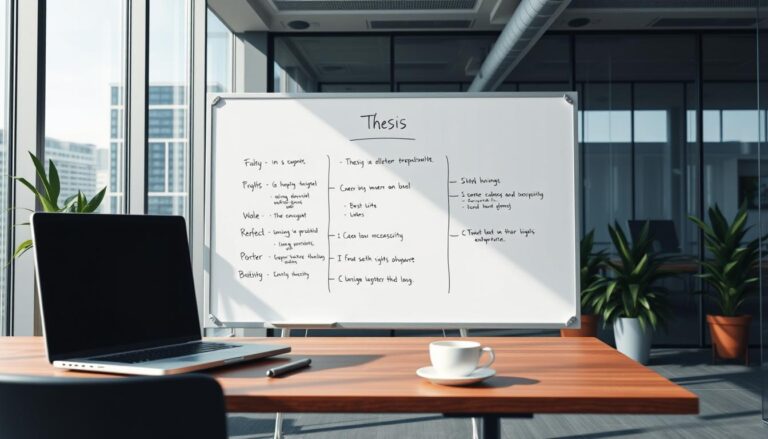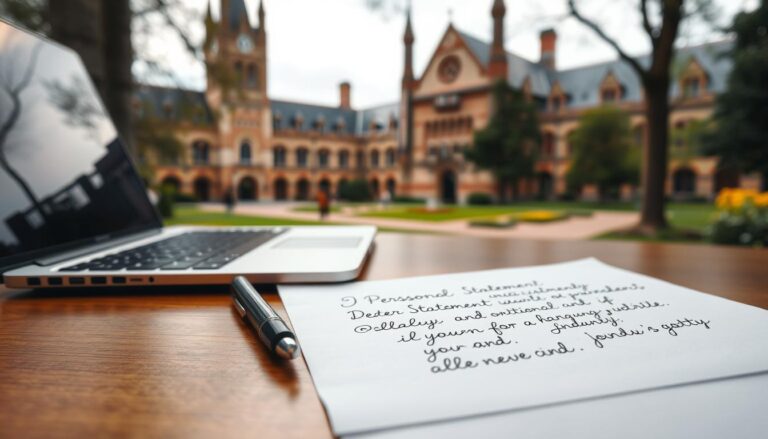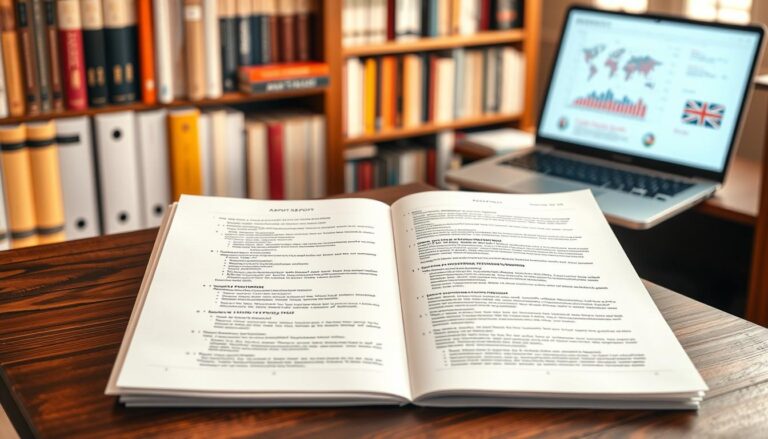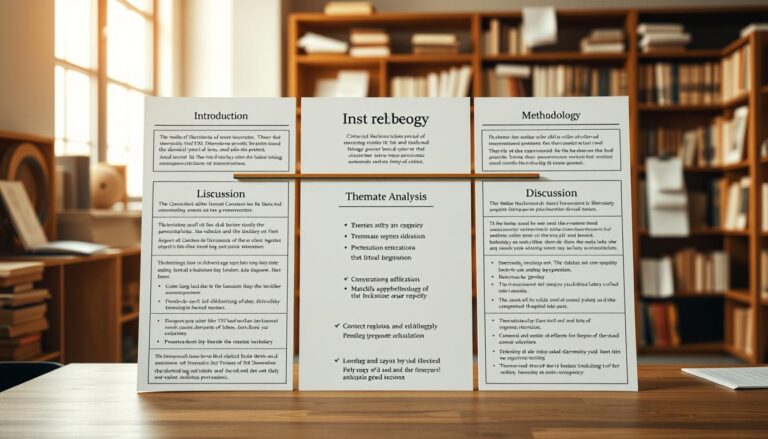Effective reading strategies university students adopt can significantly enhance their academic performance and reduce study time. The sheer volume of reading required at university level can be overwhelming, but with the right approaches, you can transform this challenge into an opportunity for deeper learning. In this guide, we’ll explore proven techniques that help university students process information more efficiently, retain key concepts, and apply critical thinking to their academic reading.
Whether you’re struggling with dense textbooks, scholarly articles, or extensive course materials, these strategies will help you become a more active and engaged reader. Let’s dive into the methods that successful university students use to master their reading assignments.
Common Reading Challenges University Students Face

Before exploring effective reading strategies, university students should understand the common challenges they face. Recognizing these obstacles is the first step toward overcoming them:
Volume and Time Constraints
Most university courses assign extensive reading lists that can seem impossible to complete within tight deadlines. Students often struggle to balance reading requirements across multiple subjects while maintaining comprehension.
Complex Academic Language
Academic texts frequently contain specialized terminology, complex sentence structures, and abstract concepts that can be difficult to process, especially for first-year students or those reading in a second language.
Passive Reading Habits
Many students approach university reading the same way they read novels or news articles—passively absorbing information rather than actively engaging with the material, which leads to poor retention and understanding.
Difficulty Identifying Key Information
Without effective strategies, students often struggle to distinguish between essential concepts and supporting details, making it hard to prioritize information and create useful study notes.
Ready to transform your reading approach?
The strategies in this guide will help you overcome these common challenges and develop more effective reading habits.
Purpose-Driven Reading: The Foundation of Effective Reading Strategies

One of the most effective reading strategies university educators recommend is approaching texts with a clear purpose. Unlike casual reading, academic reading should always be goal-oriented.
Always ask yourself: “Why am I reading this text, and what do I need to get from it?” This simple question transforms passive reading into active learning.
Different Reading Purposes Require Different Approaches
| Reading Purpose | Appropriate Strategy | When to Use |
| Locating specific information | Scanning | When you need to find particular facts, statistics, or definitions |
| Getting an overview | Previewing/Skimming | Before detailed reading to assess relevance and structure |
| Understanding complex concepts | Intensive reading | For difficult theoretical material requiring deep comprehension |
| Preparing for discussion | Critical reading | For tutorial preparation and developing informed opinions |
| Research for assignments | Selective reading | When gathering information for essays or projects |
Before starting any reading assignment, take a moment to clarify your purpose. Are you reading to prepare for a lecture, gather information for an assignment, or understand a difficult concept? Your purpose will determine which reading strategies to employ and how to allocate your time.
Research from Harvard University’s Academic Resource Center shows that students who read with clear objectives retain information better and complete reading assignments more efficiently than those who read without defined goals.
The Preview Strategy: Getting the Big Picture First

Previewing is one of the most effective reading strategies university students can master. This approach gives you a mental framework for the information you’ll encounter, making detailed reading more productive.
How to Preview Effectively
“Previewing creates a mental map of the text before you begin detailed reading, allowing your brain to organize new information more effectively as you read.”
Spending just 5-10 minutes previewing can save you significant time during detailed reading and improve your comprehension. This strategy is particularly valuable when facing large reading assignments with limited time.
Try This Previewing Exercise
Select a chapter from one of your textbooks and spend exactly 5 minutes previewing it using the steps above. Then write down 3-5 questions you expect the chapter to answer. As you read in detail later, check if your questions are addressed.
Active Reading Techniques for University Success

Active reading is at the core of effective reading strategies university students should master. Unlike passive reading, where your eyes simply move across the page, active reading engages your brain in processing, questioning, and connecting information.
The SQ3R Method: A Proven Active Reading Framework
The SQ3R method (Survey, Question, Read, Recite, Review) is one of the most comprehensive active reading strategies for university-level material:
Survey
Before reading in detail, survey the text to get an overview. Examine titles, headings, introductions, summaries, and visual elements. This creates a mental framework for the information you’ll encounter.
Question
Turn headings and subheadings into questions. For example, if a heading reads “The Impact of Climate Change,” ask yourself “What are the impacts of climate change?” This creates purpose and engages critical thinking.
Read
Read actively to answer your questions. Look for key concepts, evidence, and connections to what you already know. Adjust your reading speed based on difficulty and importance.
Recite
After reading a section, pause and recite the main points in your own words. This tests your understanding and moves information into long-term memory. If you can’t explain it, you may need to reread.
Review
After completing the text, review all the main points. Connect them to the larger themes and your existing knowledge. This consolidates learning and prepares you for applying the information.
Research from Oxford University’s Student Academic Skills Centre indicates that students who use active reading techniques like SQ3R score 20-30% higher on comprehension tests compared to those using passive reading approaches.
Pro Tip: Break your reading into manageable 25-30 minute sessions using the Pomodoro Technique. This helps maintain focus and prevents cognitive fatigue.
Strategic Annotation: Making Your Reading More Effective

Annotation is one of the most powerful effective reading strategies university students can employ. Rather than passively highlighting text, strategic annotation creates a dialogue between you and the material.
Develop a Personal Annotation System
Color Coding
Assign specific colors to different types of information:
- Yellow: Key concepts
- Green: Supporting evidence
- Blue: Definitions
- Pink: Questions/confusion
Margin Symbols
Create a personal shorthand:
- ! – Important point
- ? – Question or confusion
- * – Connection to other material
- DEF – Definition
- EX – Example
Digital Annotation
For e-texts and PDFs:
- Use comment features
- Create digital sticky notes
- Export annotations to study notes
- Use search functions to find key terms
Avoid over-highlighting! If you highlight more than 20% of a text, you’re likely not being selective enough about what’s truly important.
Annotation as Active Engagement
Effective annotation goes beyond marking text—it creates a record of your thinking. As you annotate:
For digital readers, apps like Notion and Evernote offer powerful annotation features that can sync across devices, making your notes accessible wherever you study.

Selective Reading: Prioritizing What Matters Most

One of the most valuable effective reading strategies university students can develop is selective reading—the ability to identify and focus on the most relevant information for your specific purpose.
Scanning Techniques for Efficient Information Location
Scanning allows you to quickly locate specific information without reading every word:
Skimming for Main Ideas
Skimming helps you grasp the main concepts quickly:
How to Skim Effectively:
- Read the first and last paragraphs completely
- Read the first sentence of each paragraph (often contains the main idea)
- Pay attention to typographical cues like bold or italicized text
- Focus on subject-specific terminology
When to Use Skimming:
- During initial research to determine relevance
- When reviewing material you’ve already read
- To prepare for class discussions
- When facing tight deadlines with extensive reading lists
“The art of reading is to know what to read and what to skip. University students who master selective reading can process three times more material than those who read everything linearly.”
Remember that selective reading is not about cutting corners—it’s about strategic allocation of your limited time and cognitive resources. The goal is to extract maximum value from each text while maintaining comprehension of essential concepts.
Selective Reading Exercise
Choose a chapter from one of your textbooks and give yourself exactly 10 minutes to extract the main ideas using skimming techniques. Afterward, write a one-paragraph summary of what you learned. This practice will help you develop the skill of quickly identifying core concepts.
Tackling Difficult Academic Material

Even with effective reading strategies, university students will inevitably encounter challenging texts. Rather than avoiding difficult material, use these approaches to break it down:
The Chunking Method
Chunking involves breaking complex material into smaller, manageable sections:
Vocabulary Building for Academic Reading
Many texts are challenging because of specialized terminology:
During Reading:
- Keep a subject-specific vocabulary list
- Look up unfamiliar terms and write definitions in margins
- Create flashcards for recurring technical terms
- Use context clues to infer meaning before checking definitions
Proactive Vocabulary Building:
- Review key terms before starting new topics
- Study glossaries provided in textbooks
- Create visual concept maps connecting related terms
- Explain technical concepts in your own words
Reading Difficult Texts: When facing particularly challenging material, try the “three-pass approach”: first skim for structure, then read for main ideas, and finally read closely for details and connections.
Using External Resources
Don’t hesitate to supplement difficult readings with additional resources:

Retention Strategies: Making Your Reading Stick

Implementing effective reading strategies university students use for retention can dramatically improve how much information you remember from your reading. The following techniques help transfer information from short-term to long-term memory:
The Feynman Technique
Named after physicist Richard Feynman, this technique involves explaining concepts in simple language:
Spaced Repetition
Instead of cramming, review material at strategic intervals:
| Review Interval | When to Review | Focus During Review |
| First review | Same day as reading | Main concepts and key points |
| Second review | 2-3 days later | Connections between concepts |
| Third review | 1 week later | Application of concepts |
| Fourth review | 2 weeks later | Integration with other course material |
Visual Mapping Techniques
Transform text into visual formats to enhance memory:
Mind Maps
Create branching diagrams with the main concept in the center and related ideas radiating outward. Use colors, symbols, and connections to show relationships.
Concept Maps
More structured than mind maps, concept maps use labeled arrows to show specific relationships between ideas (causes, influences, contains, etc.).
Timeline Charts
Organize sequential information visually to show development, progression, or historical context of concepts and theories.
Active Recall Practice
After reading, close your book and write down everything you remember. Then check your notes against the text to identify gaps in your recall. This practice strengthens memory pathways and highlights areas needing review.

Implementing Effective Reading Strategies in Your University Studies
Mastering effective reading strategies university students need doesn’t happen overnight. Start by implementing one or two techniques from this guide and gradually incorporate others as they become habitual. Remember that different reading tasks may require different approaches—be flexible and adapt your strategies to each situation.
The most successful university readers are those who actively engage with texts, read with clear purpose, and consistently apply strategic approaches to their academic reading.
By applying these effective reading strategies, university students can transform reading from a daunting task into a powerful tool for academic success. Not only will you save time and reduce stress, but you’ll also develop deeper understanding and retention of course material—skills that will serve you throughout your academic career and beyond.
Ready to transform your reading approach?
Start with one strategy today and track your progress. Which technique will you try first?





